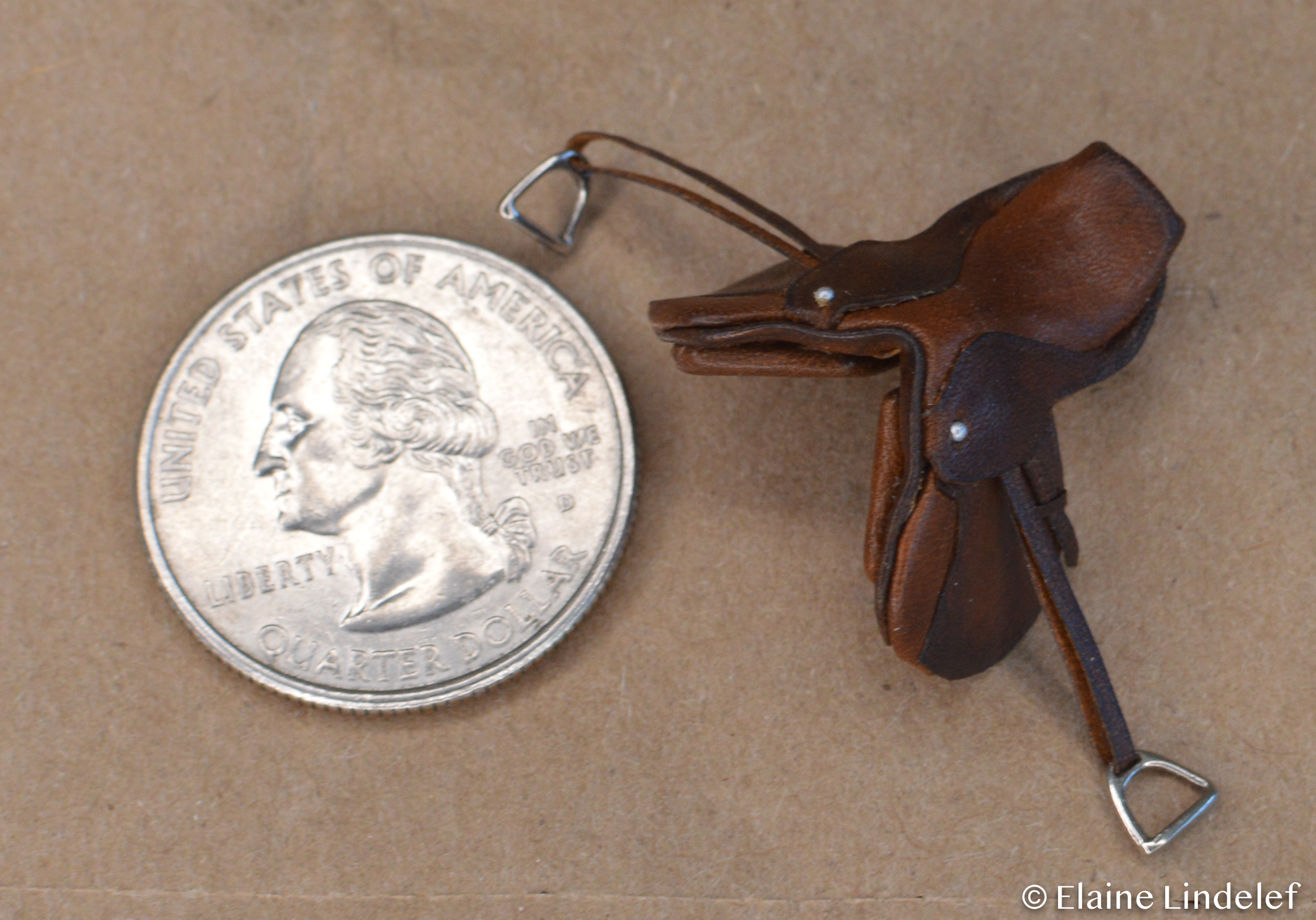I am a tack maker, but I have also collected a few nice tack pieces made by others.
I am contemplating how I store my tack in a compact and usable form to make it easy to get to live shows, while also documenting it in a way that someone at some future time (possibly including me) would know the maker and possibly the vintage. I can make a photograph database of it and that’s probably what I’m leaning towards. Saddles are one thing but littler things like reins or boots are harder. Most of my tack was made by me but not all.
Having a labeled container with the information on it is one way I could do this, but I think is maybe not all that compatible with the way that I use it or repack at the end of a live show. In particular, I have western bridles and western reins that aren’t made by the same person paired, so I typically would hork them into my little bin (I do love my bin) together with a few other western bridles (because a bin per bridle is not terribly practical for someone with as much tack as me). On the other hand, that’s really the only way I can think to get true clarity on what is what, so maybe it’s worth the extra containerization. Or maybe there’s a note on the bottom of every container.
Would love to hear how other people have solved this.


Tack maker, not performance exhibitor! I make SM/mini scale tack for reference.
I sign saddles and boots but not strap goods or pads. Okay, sometimes pads. Strap goods are just so fiddly! I have occasionally signed on the inside of the crown and I realized recently that I should make a point of this moving forward.
Saddles are sent to customers in chipboard jewelery boxes. I just sold a saddle set and wrote the box contents on the inside of the lid. It was a bit fiddly but it WORKED and I’ll do that again, at least in those 2x3 boxes.
Not Saddles are sent in plastic jewelry bags with a cardstock insert. I have my logo/website on the front of the card with a lot of whitespace to show off the item. The back has date and description, incl which mold it’s made for.
My own records are kept in a database with a lot of info like photos, mold, dye color, buyer, year made (specific dates if I remember), any reference material, and a written description. Sometimes even a note on construction if it was a fiddly thing. In theory I could identify anything made after 2017 this way. I have photos and maybe client name from 2012-2017; before 2012 it’s pretty fuzzy.